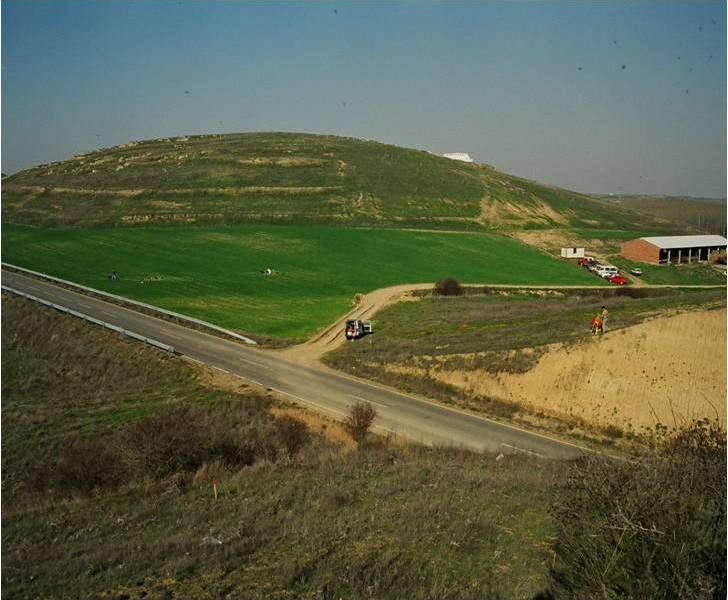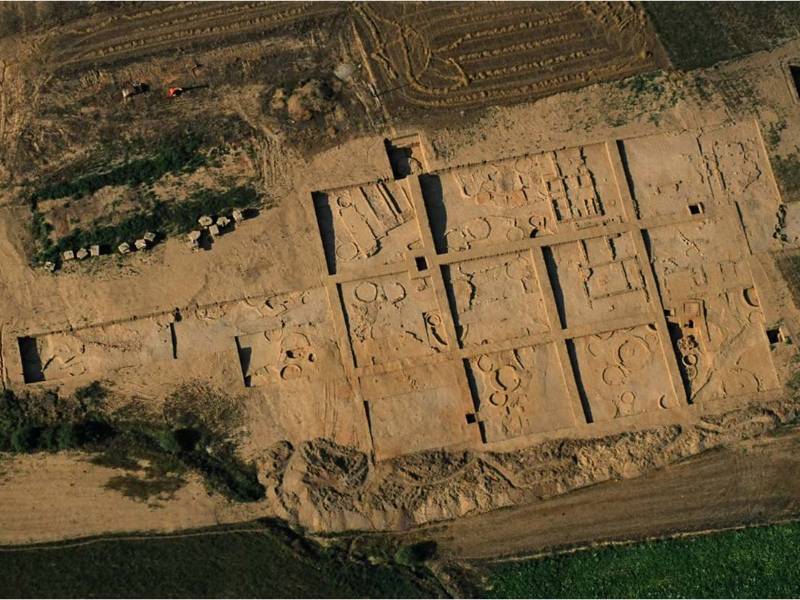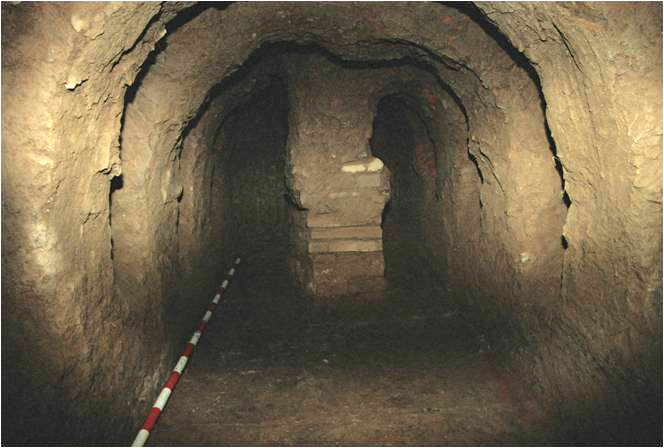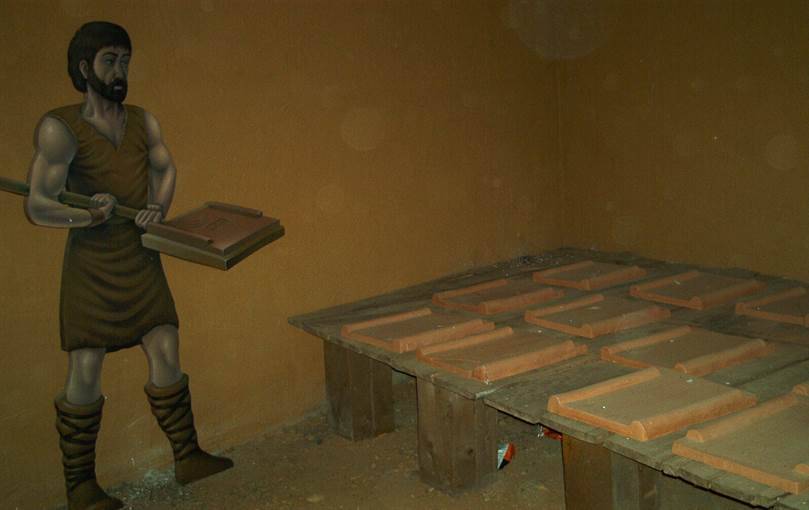Archeological site of La Corona - El Pesadero
The first occupation of the settlement occurs between the 7th and 5th centuries B.C. A small 2.5 hectare village occupies the Pesadero plain, protected by natural elements and by a stone and adobe wall. Inside are alleys with irregular layout with cabins built with adobe and mud walls. They have a circular plan and conical thatched roofs. Inside appears a continuous bench attached to the wall and a hearth in the center.
Other constructions were small altars, arranged next to the houses, for offerings and cults. The economy of its inhabitants was based on cereal agriculture and a livestock with cows, sheep, horses and pigs. The diet was completed with hunting and fishing.
From S.IV BC, the town grows reaching the Cerro de La Corona. Rectangular-plan houses were built and distributed on perpendicular streets and patios. Specialized neighborhoods for crafts and metallurgy activities arise, in addition to areas dedicated to landfills and its inhabitants begin to use the lathe for the manufacture of ceramic vessels. The town was abandoned between the middle of the 2nd and 1st century BC, probably due to the pressure exerted by Rome during the conquest and Romanization of the territory.
Historical Data
- Architecture
- Archaeology site
- Construction
- Town
- Historical Period
- Pre-Roman
Archaeological Hall
When to visit it?
Opening hours
FreeObservations: The Site is outdoors. It doesn't have schedules. City Hall Telephone: 980642382. Email: aytomanganesespsa@gmail.com
This portal is not responsible for possible changes in the schedules and rates reflected
Get to know the surroundings
Address and map location
- Postal address Manganeses de la Polvorosa. NaN. Zamora
- Web
- Phones980 642 382 (Ayto)
Tourist information
Manganeses de la Polvorosa town hall
To know moreAddress and map location
- Postal address C/ Plaza de la Iglesia, 3. municipality of Manganeses de la Polvorosa . Zamora
- Web
- Phones980 642 382
Zamora tourism office
Address and map location
- Postal address Avda. Principe de Asturias, 1. Zamora. NaN. Zamora
- Web
- Phones980 531 845
To know more




